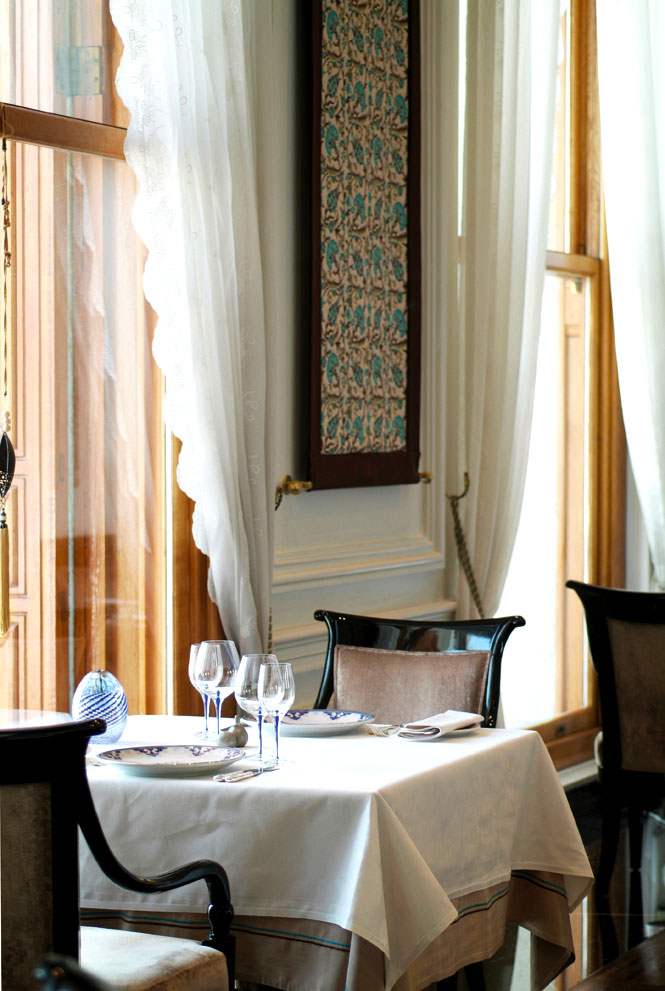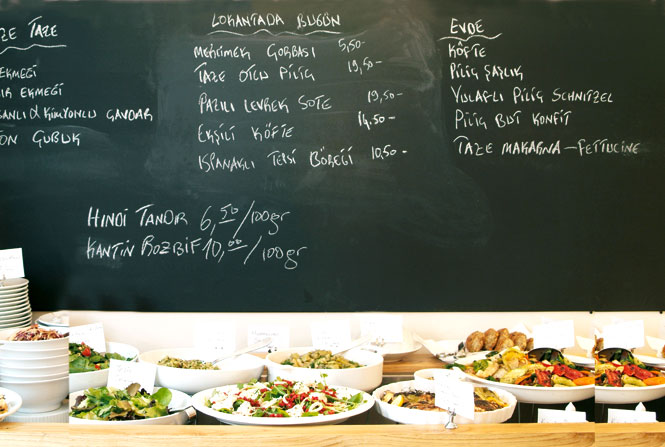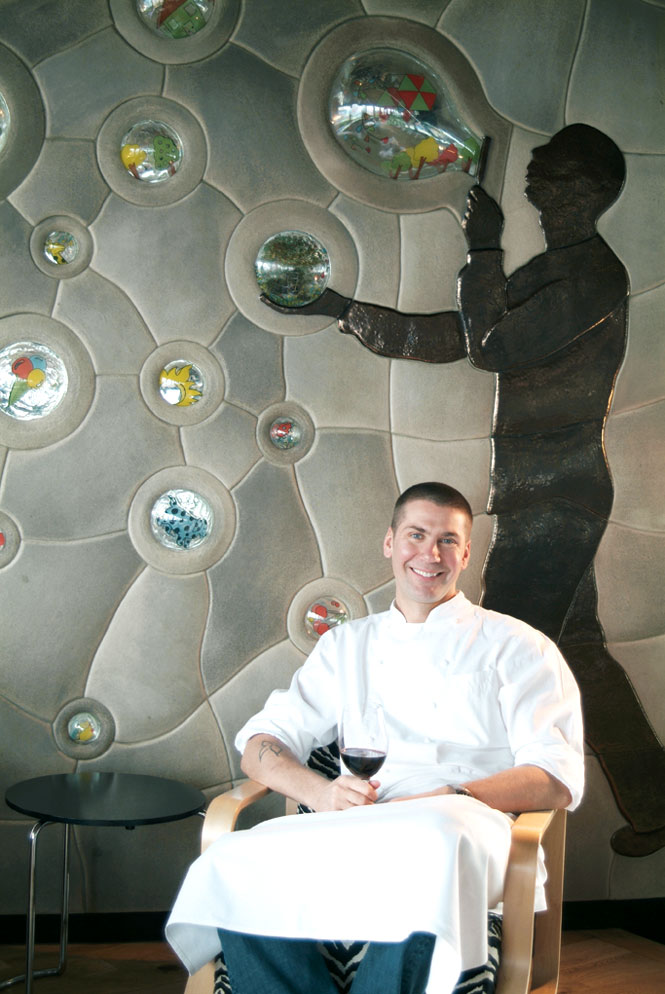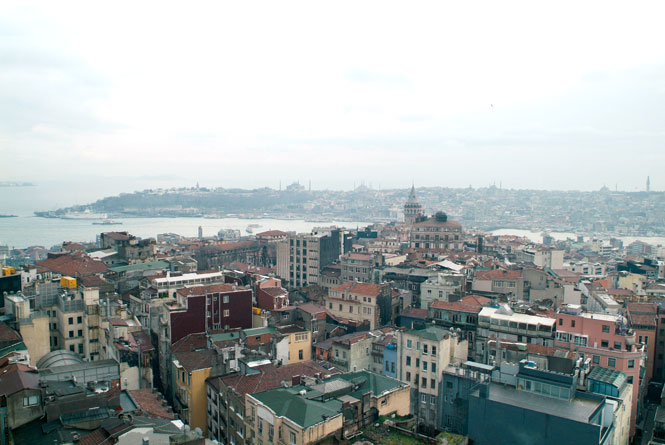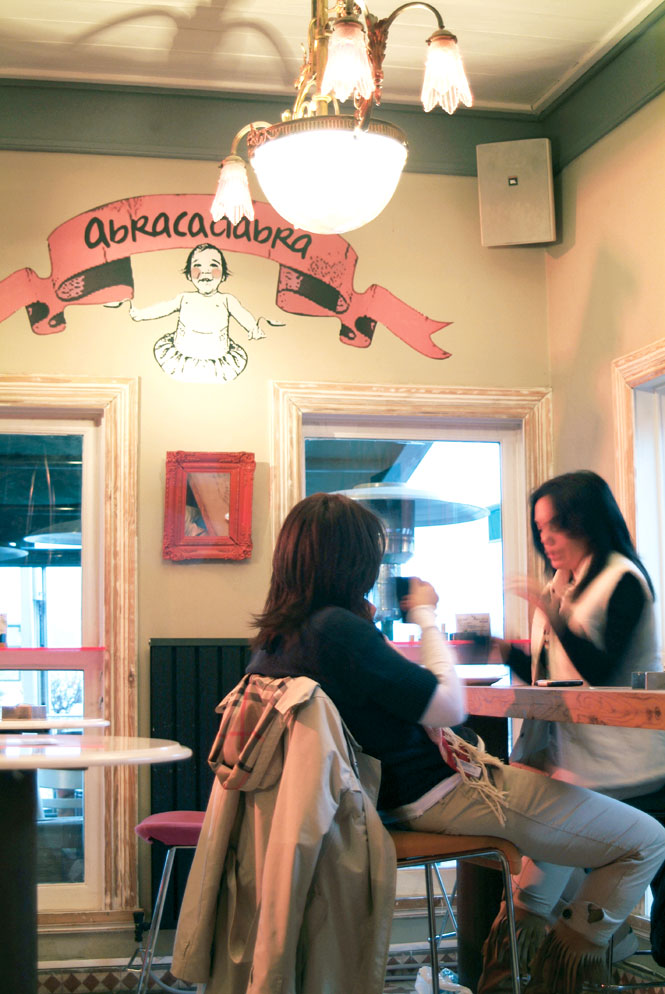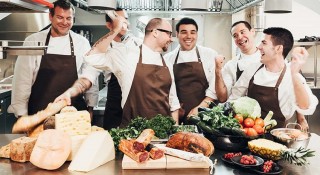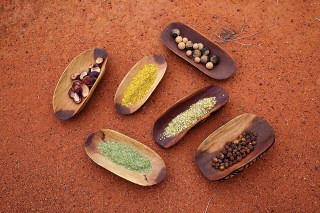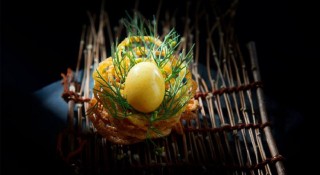Innovative Istanbul restaurateurs are mining Turkey’s culinary past while cooking for the future.
By Leisa Tyler
Photographs by Leisa Tyler
Istanbul isn’t short on fancy international eateries.
Jean-Georges Vongerichten’s new Spice Market at the cheeky W hotel offers a contemporary interpretation of Southeast Asian street food. Gaja, now helmed by acclaimed chef Murat Karduman, entices with artfully presented dishes like pistachio and-cherry sablefish. And hailing from London, swish China-diner Hakkasan recently opened in the heart of Old Constantinople, wowing patrons with its sexy decor and novel culinary creations—think Chilean sea bass with champagne and a Chinese honey sauce. But beyond the glitz and glamour there is a quieter, more profound food revolution brewing on the banks of the Bosporus. Taking their inspiration from the Slow Food movement—which describes itself as “a non-profit, eco-gastronomic organization founded to counteract fast food and fast life” —a group of talented chefs are returning to their Turkish roots, giving age-old culinary traditions and regional produce a fresh look and taste.
“We need to rediscover the old ingredients before they disappear altogether,” says Semsa Denizsel, the owner of Kantin, a lunch-only eatery in Istanbul’s fashionable Nisantasi district. Sitting at a table in the light-filled restaurant, Denizsel tells me that an increasing number of Turkish farms are using standardized high-yield seed strains to produce crops like tomatoes, aubergines, and onions, which can be grown year-round and without much fuss. This, she tells me, is contributing to the decline of Turkey’s traditional fruit and vegetable varieties.
Kantin is by no means the poshest place in town—the upstairs dining room and downstairs takeout area are simply dressed for such a trendy locale. But come noon, it bustles with diners hungry for Denizsel’s lunch du jour. The menu, scribbled on a blackboard, changes daily, depending on what’s available from the local farmers’ market every morning. On the day I visit, Denizsel’s cooks are preparing chitir, a crispy flatbread topped with goat’s cheese and fresh spinach; a melt in-your-mouth sea bass dish known as pazili levrek, cooked with chard, potatoes, and wine; meatballs drizzled with yogurt and lemon juice; and, for dessert, an incredibly rich quince meringue.
“Unfortunately, for many people in Istanbul, eating out is far more about scene than substance,” Denizsel tells me. “This is what we are slowly trying to change.” She’s not alone in her mission.
Dilara Erbay, the owner of a breezy seaside restaurant called Abracadabra, bans from her kitchen imported ingredients, genetically engineered products, and preservatives. “Istanbul people were very snobby about food, always going out for Italian, sushi, Indian. So we decided to make traditional trendy too. Now, as Turkey becomes more developed, people are starting to respect Turkish traditions, rather than borrowing from the East and the West.”
Today, Erbay employs farmers to scour the countryside for the very best produce that Turkey has to offer. They bring back sweet hand-pressed olive oil, pungent goat’s cheese, mountain herbs, and superb wildflower honey.
It’s the beginning of spring when I lunch at Abracadabra with the sprightly Erbay and her husband, Ahmet Bugdayci. The meal begins with cig kofte, a type of tartare that Erbay makes with salmon and bulgur instead of meat, followed by thinly sliced smoked ham. We’re devouring a plate of meze and breads when a farmer from Artvin, a mountainous region near Georgia, brings in an enormous jar of thick, jet-black date molasses. Erbay grabs a wooden spoon to taste the sticky concoction (“because metal will destroy some of the goodness”), and then proceeds to purchase every last jar that the farmer has with him. “It is far more expensive than what the supermarket stocks,” she laments. “But if we stop eating food the way it was supposed to be eaten, then what?”
One place not afraid to hold on to the past is Tugra, among Istanbul’s most acclaimed restaurants, housed in a wing of the neo-Baroque Cirigan Palace on the banks of the Bosporus. Ugur Alparslan, the restaurant’s head chef, explains that recipes here have been meticulously researched from old Ottoman diaries, and ingredients are sourced from the same regions favored by Sultan Abdul Aziz in the 19th century. The olive oil, Alparslan tells me, is brought in from Ayvalik, a seaside town on the northwestern Aegean coast, widely regarded as the olive oil capital of Turkey; the vine-ripened tomatoes are from the verdant fields of Antalya on the Mediterranean coast; and the lamb is from Tekirdag province in northwestern Turkey, an area famous for its meatballs. The menu is almost poetic.
I begin with a selection of dolma, fat parcels of vegetables and spiced rice wrapped in vine leaves, and a sour lentil soup with fried eggplant called lebeniye. According to Alparslan, the chicken topkapi that arrives at the table next was the favorite dish of 16th-century ruler Sultan Murat. It’s easy to understand why: the roasted free-range bird is flavored with a fluffy spiced pilaf, complemented by a neat bed of creamy spinach. For me, however, the highlight of the meal is the lamb kulbasti. For this dish, slivers of meat are marinated in thyme before being seared and served atop a smoked eggplant puree—the perfect combination of earthy flavors and textures. I end the evening with squares of honey-drenched baklava and gooey, rose-scented Turkish delight dusted with sugar powder.
Far more modern, but no less captivating, is Mikla restaurant, the brainchild of Finnish-Turkish chef Mehmet Gurs. Dashing and blue-eyed, Gurs is not just passionate about Turkish cuisine, but also about local produce, “not something delivered by FedEx.” Documenting and experimenting with the country’s rich and bountiful pantry is in his blood. Perched at a table in his sleek restaurant, with an enviable location atop the Marmara Pera Hotel, Gurs explains that his grandfather “invented” the kamyark when he crossed a quince and a pear. It’s sweet and refreshing, and in high demand at local markets. It’s also one of the many intriguing Turkish ingredients given a Nordic twist on Gurs’s menu.
While much of my meal at Mikla could be described as haute cuisine—all of it very pretty and dainty—a number of the dishes take their inspiration from simple peasant food, like hamsi: a traditionally hearty meal of fried sardine-like fish from the Black Sea. At Mikla, Gurs gives the dish a new look, wedging the small fish between wafers of bread before deep-frying and serving them with lemon and egg-white sauce. As good as it is, the dish pales in comparison to Gurs’s raw sea bass with Oscietra caviar and lemon—easily the most incredible thing I eat in Istanbul during my five-day visit. I still have dreams about the delicate fillet of fish, perfectly complemented by the tang of caviar and sweet lemon-infused oil.
Despite being in high demand in the kitchen, Gurs has taken on the additional challenge of documenting the history of Turkish food, including numerous age-old recipes and ingredients that have fallen into obscurity in recent years. In time, he hopes to open a nonprofit institute to house all his research, alongside a series of kitchens where students and aspiring young chefs will be encouraged to experiment with local ingredients. “We need to start documenting the history of Turkish food, including all the ingredients that have disappeared, and produce an encyclopedia,” Gurs tells me eagerly. “[We need to] break down the barriers and open people’s minds to the future.”
Originally appeared in the October/November 2009 print issue of DestinAsian magazine (“Food Stuff: A Taste for Tradition”)

